How to Leverage Equity in Your Brisbane Investment Property
Leveraging equity in your Brisbane investment property can be a smart move to grow your real estate portfolio and increase your returns. In this article, we'll explore what equity is, how to assess it, and the best strategies to leverage it effectively.
Understanding Equity in Property Investment
What is Equity?
Equity is the difference between the market value of your property and the outstanding balance on your mortgage. Essentially, it’s the portion of your property that you truly own. Over time, as you pay down your mortgage and your property appreciates in value, your equity increases.
For example, if your Brisbane investment property is worth $800,000 and you owe $500,000 on your mortgage, you have $300,000 in equity.
Importance of Equity for Investors
Equity is a powerful financial tool for property investors. It can be used to finance additional investments, renovate properties, or consolidate debt. Leveraging equity allows you to tap into the value you've built up in your property without having to sell it.
I remember working with a client who had a single investment property in Brisbane. By leveraging the equity, they were able to purchase another property, effectively doubling their rental income and diversifying their investment portfolio.
Assessing Your Equity
Calculating Your Property's Equity
To calculate your property’s equity, you need to know the current market value of your property and the outstanding balance on your mortgage. Here’s a simple formula:
Equity = Current Market Value − Outstanding Mortgage Balance
You can get an estimate of your property’s value through online property valuation tools or by consulting with a real estate agent. For the mortgage balance, check your latest mortgage statement or contact your lender.
Evaluating Your Equity Position
Once you’ve calculated your equity, you need to evaluate your loan-to-value ratio (LVR). The LVR is the percentage of your property’s value that you owe on the mortgage. Here’s how to calculate it:
LVR = (Current Market Value / Outstanding Mortgage Balance) × 100
Most lenders prefer an LVR of 80% or lower. If your LVR is high, you might need to wait until you’ve built more equity before leveraging it.
Strategies to Leverage Your Equity
Home Equity Loan
A home equity loan allows you to borrow against the equity in your property. It’s like taking out a second mortgage, with the property serving as collateral.
Pros:
- Fixed interest rate
- Lump sum payment
Cons:
- Higher interest rates than primary mortgages
- Risk of foreclosure if you can't repay
Home Equity Line of Credit (HELOC)
A HELOC is a revolving line of credit that allows you to borrow against your equity as needed, similar to a credit card.
Pros:
- Flexible borrowing
- Only pay interest on the amount used
Cons:
- Variable interest rates
- Can be risky if not managed properly
Cash-Out Refinancing
Cash-out refinancing involves refinancing your existing mortgage for more than you owe and taking the difference in cash.
Pros:
- Potentially lower interest rates
- One loan payment
Cons:
- Higher monthly payments
- Closing costs
Using Equity for Property Investment
Buying Additional Investment Properties
One of the most common ways to leverage equity is to use it as a deposit for purchasing additional investment properties. This can help you grow your portfolio and increase your rental income.
Steps:
- Calculate your available equity.
- Consult with a mortgage broker to determine your borrowing capacity.
- Use the equity as a deposit for your next property.
Renovating Your Existing Property
Using equity to fund renovations can increase your property’s value and rental income. Focus on high-return renovations such as kitchen upgrades, bathroom remodels, or adding extra living space.
Examples:
- A client of mine used equity to add a second bathroom to their rental property. The renovation increased the property’s rental income by $100 per week and boosted its market value significantly.
Consolidating Debt
If you have high-interest debts, using your equity to consolidate them into a lower-interest home loan can save you money and simplify your finances.
Advantages:
- Lower interest rates
- Single monthly payment
Risks and Considerations
Understanding the Risks
Leveraging equity involves risks, including the possibility of owing more than your property is worth if the market declines. To mitigate these risks, have a solid plan in place and avoid over-leveraging.
Financial Implications
Consider the impact on your cash flow and overall financial situation. Increased debt means higher monthly payments, so ensure you can comfortably afford them.
Steps to Leverage Equity Effectively
Setting Clear Investment Goals
Before leveraging your equity, define your investment goals. Are you looking to grow your portfolio, increase rental income, or improve your property? Clear goals will guide your strategy.
Seeking Professional Advice
Consult with financial advisors, mortgage brokers, and real estate agents to get expert advice tailored to your situation. They can help you understand your options and make informed decisions.
Monitoring Your Investments
Regularly review your property portfolio and equity position. Stay informed about market trends and property values to ensure your investment strategy remains effective.
Conclusion
Leveraging equity in your Brisbane investment property can be a powerful way to grow your portfolio and increase your returns. By understanding your equity, exploring different leveraging strategies, and managing the risks, you can make the most of your investment. Remember to set clear goals, seek professional advice, and regularly monitor your investments.
Brisbane Suburb Profiles













